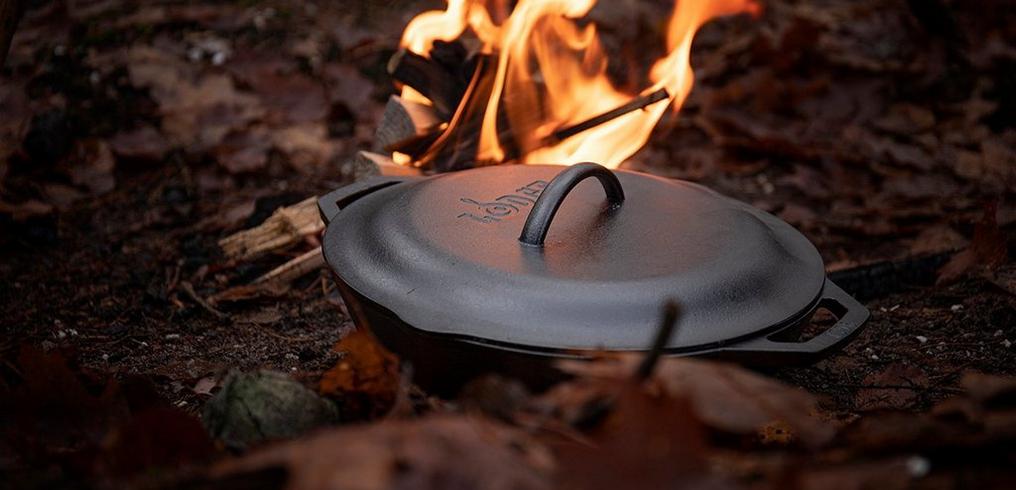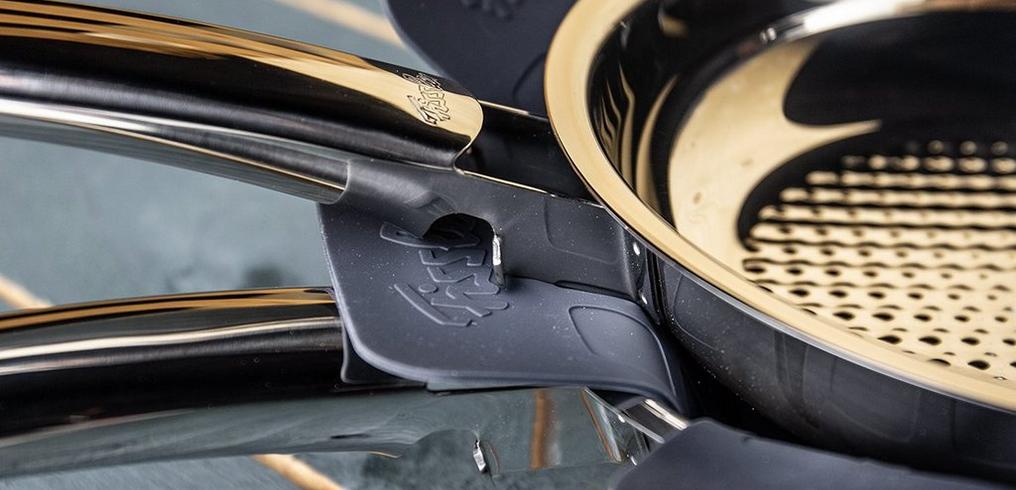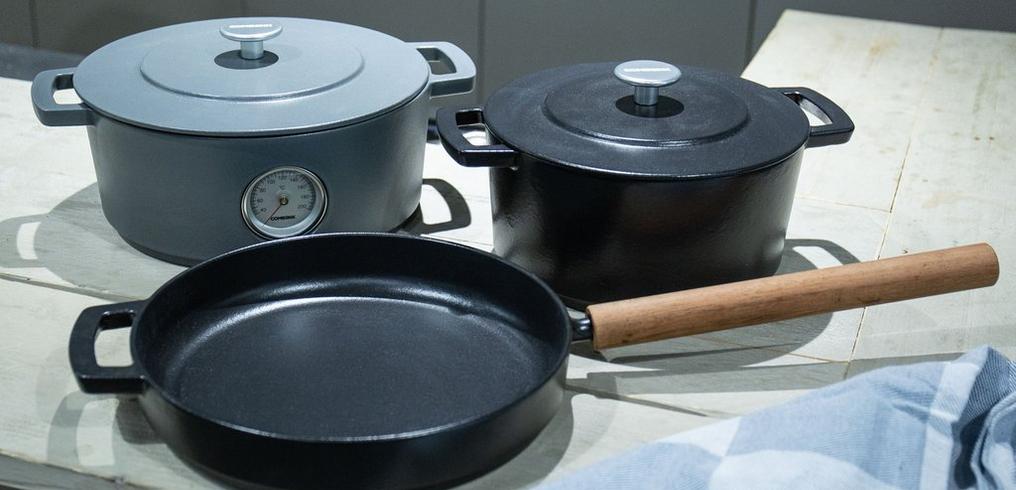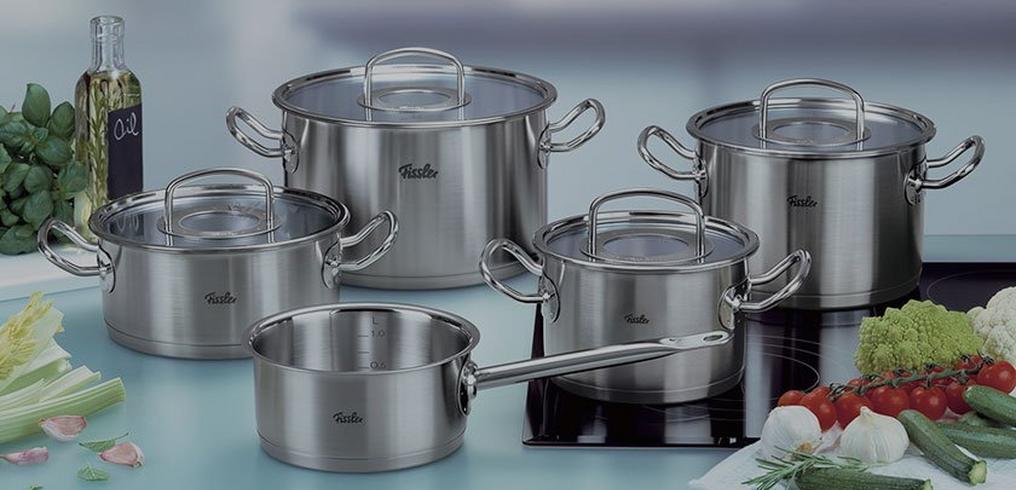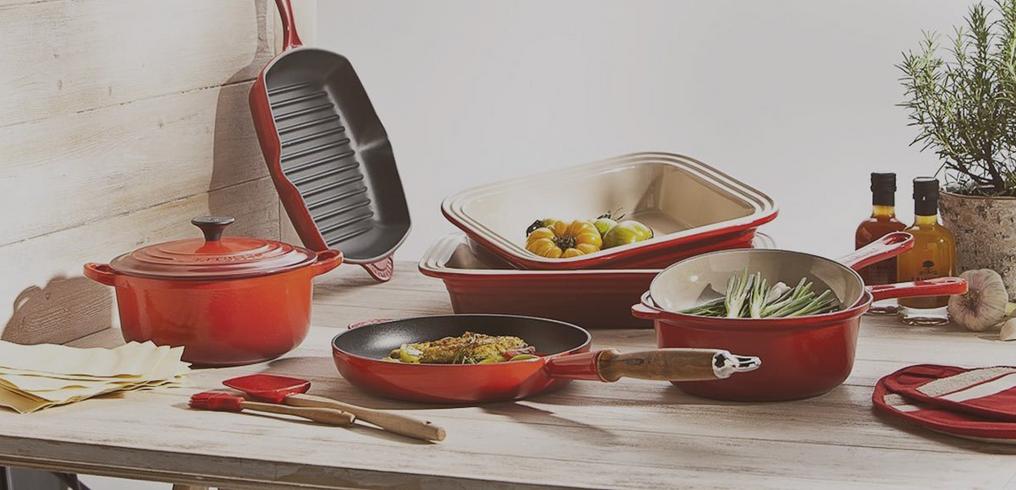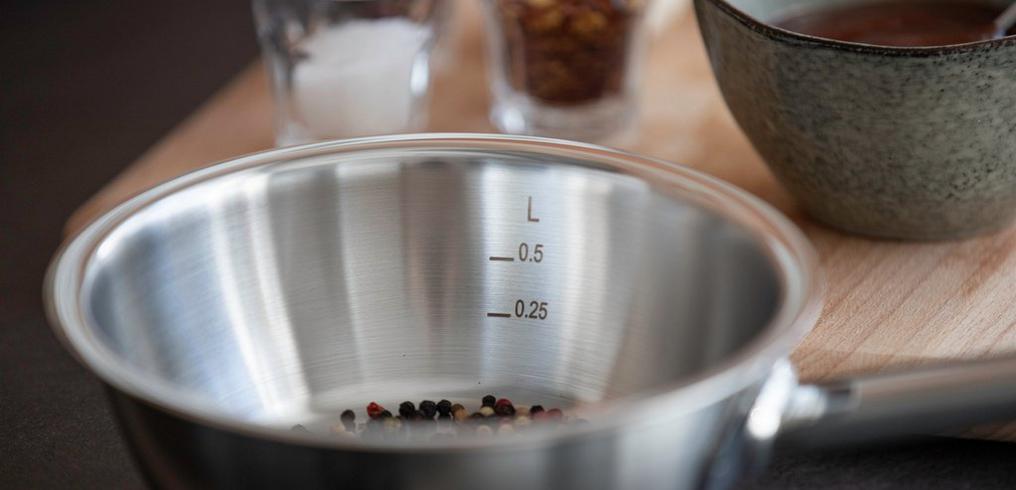All heat sources to cook on in your kitchen
Perhaps you’re not aware at all times, but cooking requires a heat source. The different heat sources can also have consequences for the pans you can use. Below you will find the various possibilities.
Gas stove:
There are great benefits to cooking on gas. It is still the most commonly used heat source in the (professional) kitchen. A gas stove is relatively inexpensive. It is directly available and works with all pans. It doesn’t get more flexible than this. The disadvantage is that with lesser quality pans the bottom surface can go crooked over time.
Gas on glass cooktop:
Cleaning a regular gas hob takes some time because it is not a flat plate. You don’t have this problem with a gas on glass hob. The gas burners are mounted on a glass plate while the pans can be placed on holders. It is a more modern form of cooking with gas, and most pans are suitable for this type of heat source.
Gas underneath glass cooktop:
The gas underneath glass hob is even easier to clean. The gas burners are placed underneath a glass plate, so you do have direct heat. The benefit being that cooking on gas is cheap and the stove can easily be cleaned. All pans feel right at home on this heat source.
Induction cooktop:
An induction hob heat transfers heat through a magnetic field in the bottom of a pan. This means that the material of the pan should be specifically suitable for induction cooking. Usually this is indicated. When in doubt, use a magnet to test whether it is suitable. When the magnet sticks to the bottom it is good to go! It is also important that the bottom of the pan is flat. So in some cases this means that pans that were used on gas can no longer be used on induction.
Because the heat is generated in the pan, cooking on an induction plate is relatively safe. There is only indirect heat and as soon as the pan is removed from the plate it stops heating.
Halogen cooktop:
A halogen lamp under a glass plate transfers the heat with a halogen cooking hob. The glass plate itself warms up. The result being that basically all pans can be used on this heat source. The bottom must be flat for proper heat transfer, because there has to be as much contact between the plate and the pan as possible. Cooking on halogen goes a little slower at first because the plate needs to get to the right temperature. The halogen lamp itself does get up to temperature quickly but the glass plate requires a little more time. Cleaning the plate is of course really easy.
Ceramic cooktop:
This is the modern variant of the authentic electric cooktop. A heating coil under a ceramic plate creates the heat. It works slower than gas and induction, and stays warm after use. Turning off the halogen lamp will not suffice when trying to stop something from boiling over. The benefit of the plate is that it can also be used to keep your pan warm over a longer period of time. Your energy bill will be a bit higher than it is with cooking on gas or induction. For a good heat transfer it is important that the bottom surface of the pan is flat.
Here you’ll find the pans suitable for cooking on ceramic.
Electric cooking top:
The classic and somewhat old-fashioned electric stove is not used as much anymore. The speed of warming up, high energy costs and difficult cleaning has almost completely removed this means of cooking out of modern kitchens.
Here you’ll find the pans suitable for cooking on electricity
